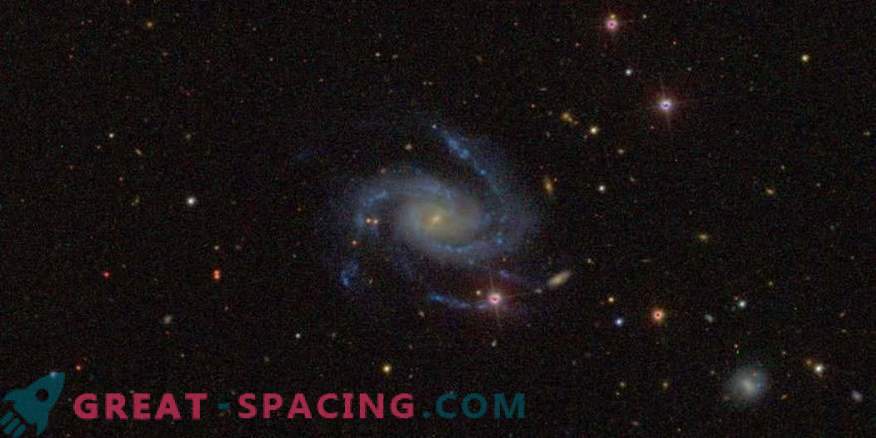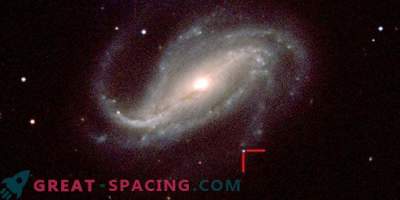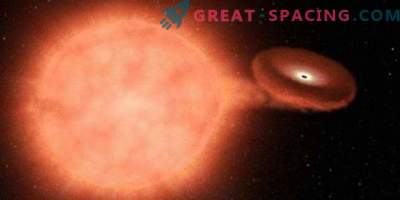
Before the dying star's explosive finale comes, it is incredibly difficult to find. And this greatly disappoints scientists who would like to learn more about how a suddenly collapsed star behaves.
As a result of the explosion of a supernova, the galaxy is studded with iron, silicon and other elements created by the nuclear synthesis of hydrogen and helium of the doomed star core.
But the vision and speed of reaction helped astronomers capture the death of a massive star on October 6, 2013. An automated wide-angle camera at Palomar Observatory (California) spotted a very young supernova in the spiral galaxy NGC 7610, located 160 million light-years from Earth.
Realizing that there was no supernova in the previous scan results, astrophysicist Ofer Yaron of the Weizmann Institute of Sciences (Israel) warned his colleagues to get ready for the hunt.
Coincidentally, astronomer Dan Pearl of the California Institute of Technology, made spectroscopic observations using the Keck telescope in Hawaii and noticed a newly discovered supernova. He managed to collect data and study what was “torn out” from a star a year before her death. “Direct observation of these processes is a difficult task, since it is difficult to find them at such stages,” wrote Yaron.
Scientists have discovered that a year before the explosion, she pushed out from herself a mass equivalent to 1000 terrestrial. Subsequent observations by NASA's Swift satellite in X-ray and ultraviolet rays made it possible to create a map of the distribution of material ejected before going to the supernova.
“These observations are crucial in understanding the evolutionary stages of massive stars and the explosion mechanisms themselves,” says Yaron.
In Keck's data, scientists found chemical imprints of highly ionized oxygen and other materials.
“We caught the event at the youngest and hottest stage and saw everything before the material spilled out of the star,” he said. “Such observations are important for theorists and creators of stellar evolution models. After all, it provides a display of the exact mechanisms that affect the most recent stages. ”











































